Like many other words associated with church, ‘liturgy’ comes from Greek, the language used by the early church in its worship and writings. The word comes from leitourgia which referred to any public work or function exercised by the people as a whole.
In the Catholic Church, we use forms and patterns of worship that have developed during the Church’s 2000-year history. The forms of the liturgy are the same throughout the world but each has its own cultural flavour.
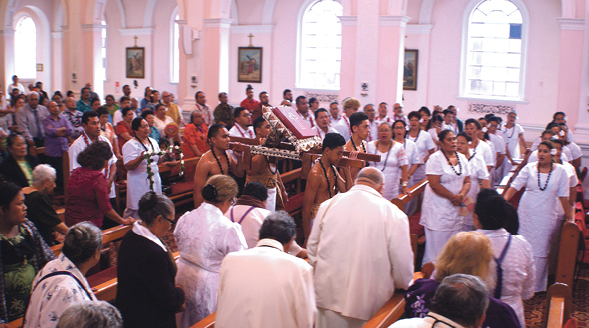
Some well-known forms of the liturgy are the Mass (Eucharist), Baptism, Penance, Confirmation, Marriage and Funerals.
“The liturgy is life for the entire people of the Church. By its nature the liturgy is in fact ‘popular’ and not clerical, being — as etymology teaches — an action for the people, but also of the people. As many liturgical prayers recall, it is the action that God himself fulfils in favour of his people, but also the action of the people who listen to God who speaks, and then react by praising him, invoking him, receiving the inexhaustible source of life and mercy which flows from the holy signs. The Church in prayer gathers all those whose hearts listen to the Gospel, without discarding anyone: she convokes the small and the great, the rich and the poor, children and elderly, healthy and sick, the just and the sinful.
In the image of the ‘great multitude’ that celebrates the liturgy in the heavenly shrine (cf. Rev 7:9), the liturgical assembly overcomes, in Christ, every boundary of age, race, language and nation. ”
Pope Francis, Address for Italian Liturgical Week 2017
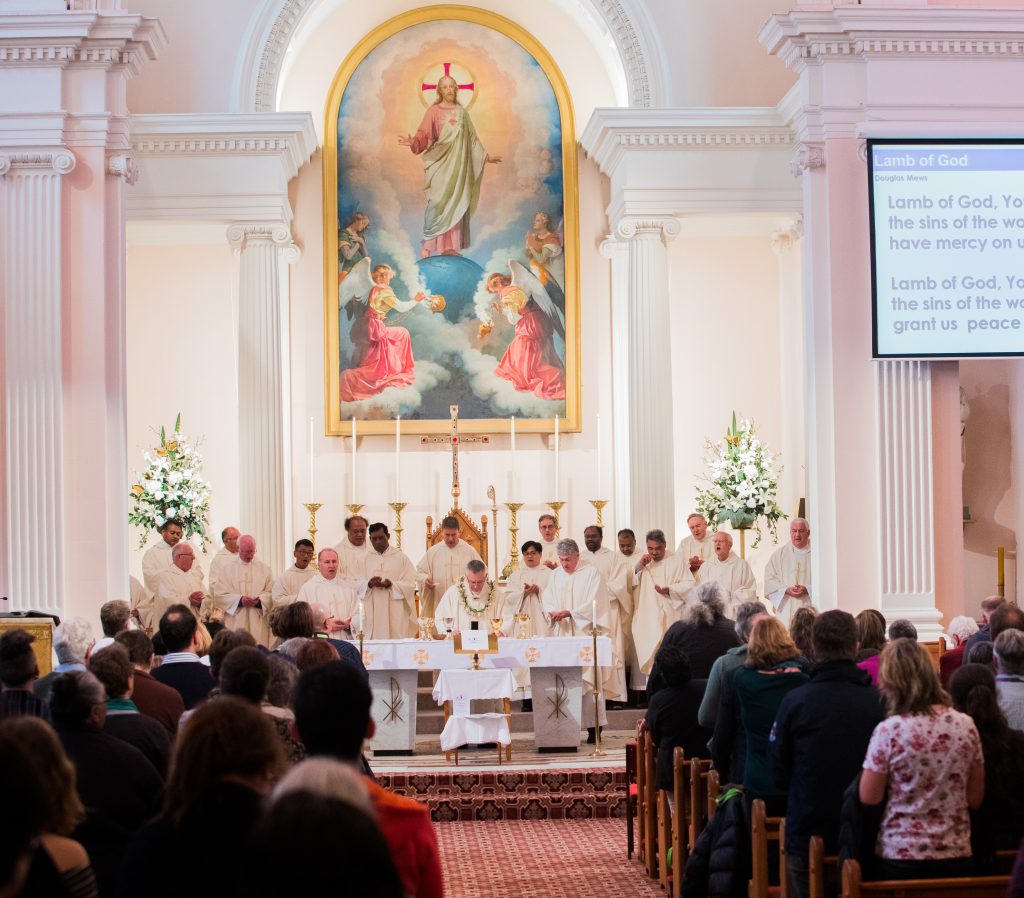
In the Mass, God speaks to us in the proclamation of the word in the readings, and in the breaking of the bread we recognise Christ. We participate in the action of the liturgy by responding, singing, listening and joining the gestures.
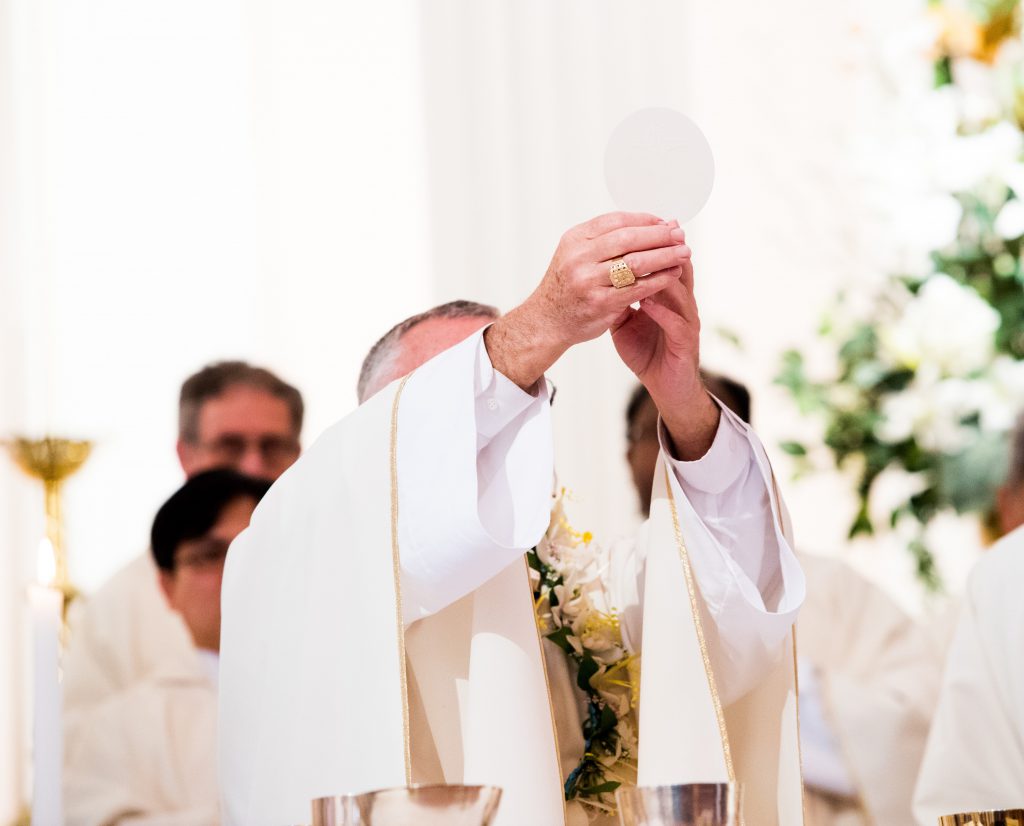
The celebration of baptism, marriage, funerals and other particular rites are set out in the Church’s liturgical books. The celebration of the Mass is set out in the MIssal, and the readings in the Lectionary.
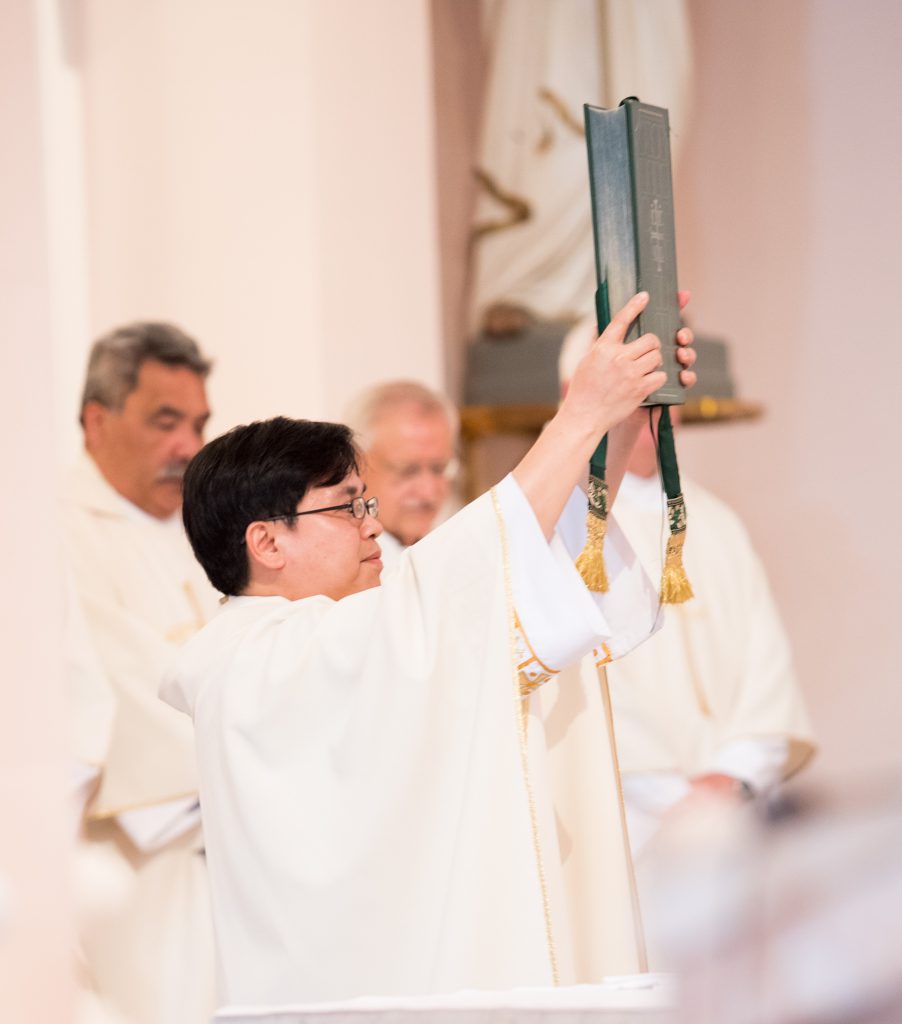
The Liturgical Year
The Church’s liturgical calendar assigns scripture readings and prayers for use at Mass each day of the year. Within the cycle of a year the Church remembers and celebrates Christ’s conception, birth, death, resurrection and sending of the Holy Spirit at Pentecost. As pilgrim people, we are constantly nourished by the story of Jesus and guided by the saints, our ancestors in the faith, living witness of God’s unchanging love.
Unlike the secular calendar, the new liturgical year begins on the first Sunday of Advent at the end of November. The seasons of the liturgical year are:
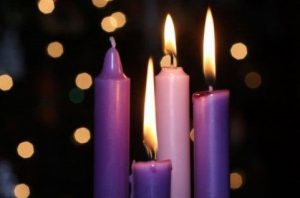
Advent – covering the four Sundays and the intervening weeks before Christmas, is a time of expectant waiting as we prepare to celebrate Christ’s birth and anticipate his coming again at the end of time. The first Sunday of Advent marks the beginning of the Church’s liturgical year. The liturgical colour for Advent is violet.
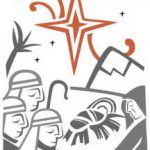
Christmas – the season of Christmas celebrates Christ’s birth and childhood. It starts on 25 December and ends on the feast of the Baptism of the Lord on the Sunday after 6 January. Christmas is a time of joyful celebration, with the nativity scene prominent in churches. The liturgical colour for the Christmas season is white.
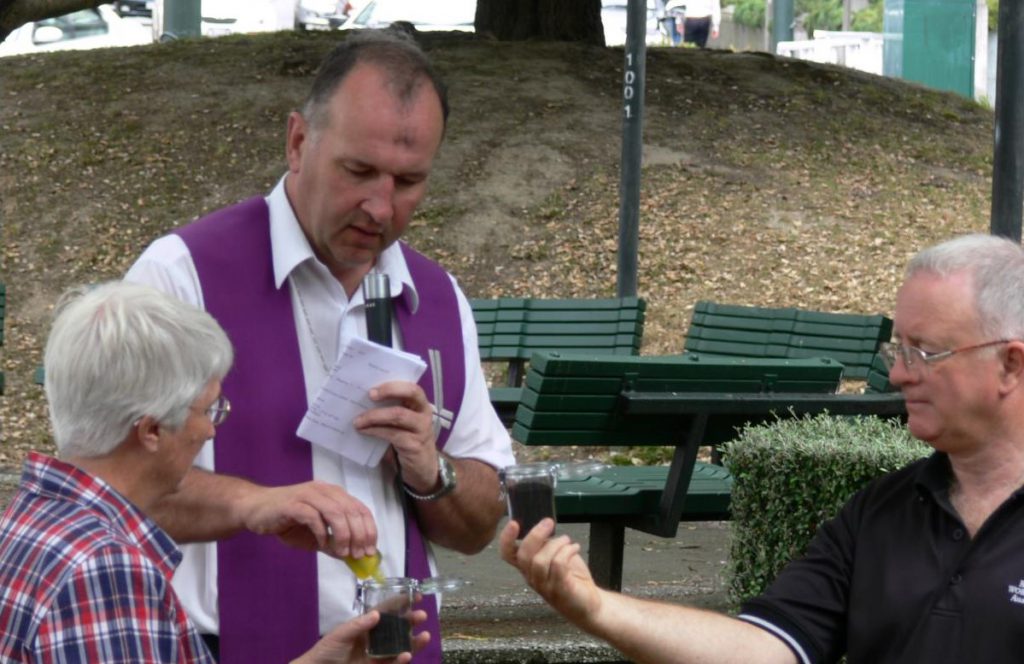
Lent – the six-week preparation for Easter commemorates the 40 days Jesus spent in the desert. Lent starts on Ash Wednesday when the ashes are distributed, and finishes on the evening of Holy Thursday. During Lent Christians prepare for the great feast of Easter through prayer, fasting, and helping others. Lent’s liturgical colour is violet.
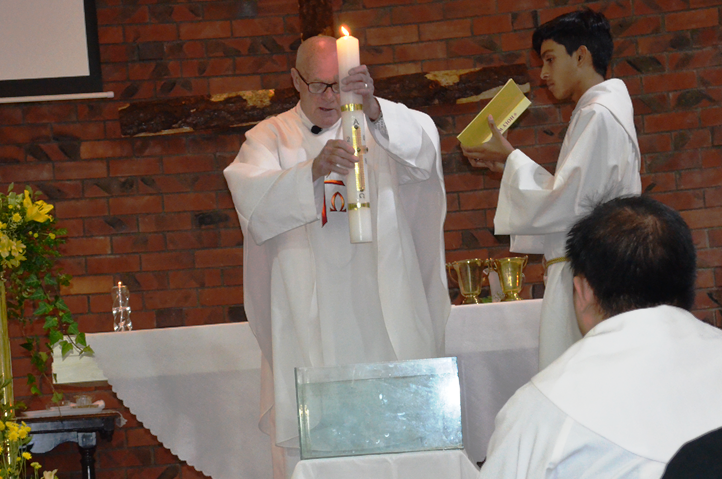
Easter – the Easter Triduum (three days) is celebrated from the evening Mass of the Lord’s Supper on Holy Thursday to Easter Sunday evening. The Easter Vigil is the climax of the celebration. The joyful celebration of Christ’s resurrection continues until Pentecost 50 days after Easter Sunday. Easter’s colour is white.
There are 33 or 34 weeks of the year that do not celebrate a particular aspect of the mystery of Christ but are devoted to Christ’s mystery in all its aspects. This period of the Church calendar is called Ordinary Time because the weeks are numbered in order. The liturgical colour for Ordinary Time is green.
See the Resources page for liturgy resources.
See the National Liturgy Office website for resources and information.
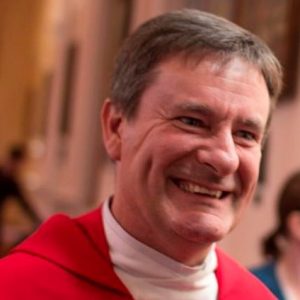
Father Patrick Bridgman is the Liturgy Adviser for the Archdiocese. He is the parish priest of the Catholic Parish of Te Awakairangi. p.bridgman@wn.catholic.org.nz